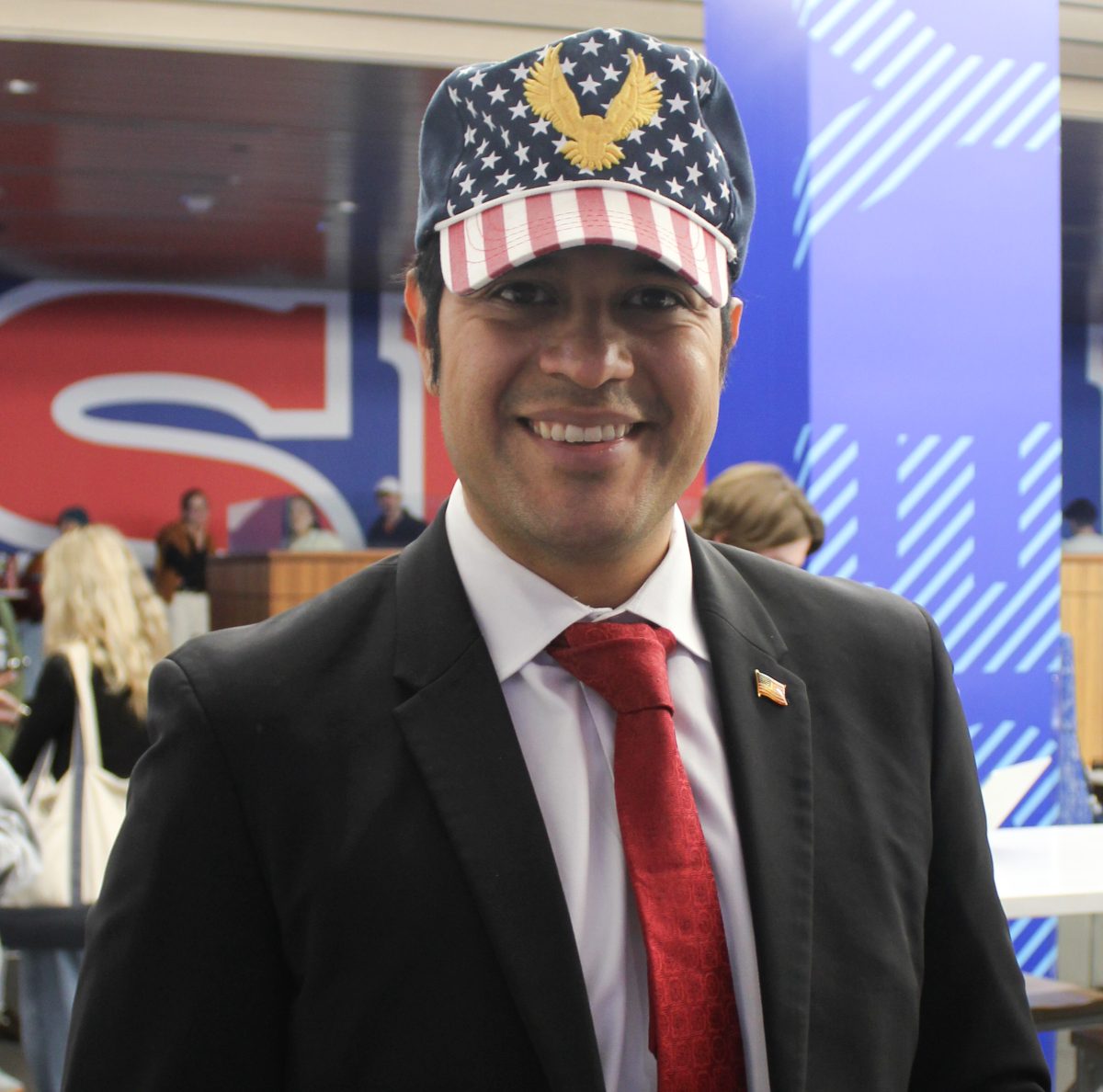During her freshman year, a female SMU student* went to a frat party with a couple of friends.
It was a typical weekend night.
She remembers drinking one cup of punch and then, nothing. The next thing she knew, some guy had her propped up against a wall, and her friends were missing.
“I woke up the next morning in someone else’s dorm room,” she said. “I have no idea what happened that night. I didn’t know where to go or where to get help.”
Unfortunately, stories like this one are not unique on college campuses, and the U.S. Department of Education is taking a stand against sexual harassment and assault.
In April 2011, the Office for Civil Rights (OCR), a part of the U.S. Department of Education, released an official letter to all schools that receive public funding, outlining a list of standards for enforcing sexual harassment and assault allegations.
But the standards are under scrutiny by at least three national organizations, particularly over the amount of evidence that should be required to bring a harassment case forward.
The letter stated that in hearings for these cases, schools must adhere to a standard of “preponderance of evidence.”
That means it is more likely than not that the accused committed the act. This is the lowest legal standard of evidence. The Foundation for Individual Rights in Education (FIRE) has been one of the most outspoken critics of the new mandate.
“This is too low of a standard,” Will Creeley, the director of legal and public advocacy for FIRE, said. “This is the same standard used in hearings for speeding tickets.”
The campus sexual harassment standards explained by the OCR letter are a part of Title IX, a U.S. law designed to ensure gender equality on campus. The letter reminded schools of their obligation to take immediate action against the harassment and address its effects.
“It is a college’s moral and legal duty to respond to such allegations, but shifting the burden of evidence just leads to more innocent students being accused,” Creeley said. “It doesn’t increase justice, it just widens the net.”
FIRE believes a “clear and convincing” evidence standard would serve both the victims and the accused more fairly.
“This move is well-intentioned, but lowering the standard is not the right way to go about it,” Creeley said. “If there is an epidemic of these sexual assaults on campus, I don’t think you lower that number by making it easier to accuse.”
The American Association of University Professors (AAUP) echoes FIRE’s worries about the implications of the recently outlined standards. In a letter to the OCR in response to the new mandate, Cary Nelson, president of the AAUP, said: “While clear policy statements and timely responses are key for both the complainant and the accused, preserving a higher standard of proof is vital in achieving fair and just treatment for all.”
For the AAUP, the main concern is that a professor could be accused of sexual harassment or rape and lose his or her job over the mere accusation.They believe this standard does not protect university professors or accused students from a battle of hearsay. But the standards set by the OCR are not without strong support.
The American Association of University Women (AAUW) has voiced its strong support for the mandate. The AAUW does not see the OCR’s letter as a change to a lower standard, but instead just as a clarification on the way the Title IX law should have always been interpreted.
“A university’s primary job is to help students learn in an environment free from any harassment or discrimination,” Erin Prangley, the AAUW associate director for government relations, said. “This standard should always be applied. Any school that was not already upholding this was misinterpreting the law.”
The organization believes the “preponderance of evidence” standard has and will continue to prove immensely helpful for sexual assault victims who previously felt the system did not want to help them.
“The number one goal should always be the safety of the students,” Prangley said.
The fall 2011 semester is the first time universities across the country have had to modify their policies to meet OCR standards since the letter was sent out, and despite the national controversy, universities are currently working to modify their policies.
SMU is no exception and is currently in the process of reviewing its policies.
Beth Wilson, the associate vice president for Access and Equity at SMU, feels the letter was necessary to clear up university sexual harassment policies across the board and to remind schools of their responsibility to always respond to allegations of sexual violence, even if the police or a criminal court is investigating it.
“Having internal policies and procedures provides a valuable option for students to effectively address matters more quickly and confidently, while also respecting their right to pursue a separate criminal complaint,” Wilson said.
The University of Texas at Austin is also in the process of modifying and changing its policies to meet the regulations laid out in the “Dear Colleague” letter. Prior to the “Dear Colleague” letter, the school used a “beyond a reasonable doubt” evidence standard similar to SMU.
“I think the preponderance standard makes more sense, and it is in alignment with other practices. I don’t see it as lowering but equalizing,” UT Austin Title IX coordinator Jennifer Hammat said. “It’s just a matter of getting everyone doing it the same way.”
“Sexual assault is a life-altering event,” the SMU student, who is now in her senior year, said. “You need to be able to tell someone and know something will be done.”
*The Daily Campus does not release the names of sexual assault victims in order to protect their privacy and wishes.








